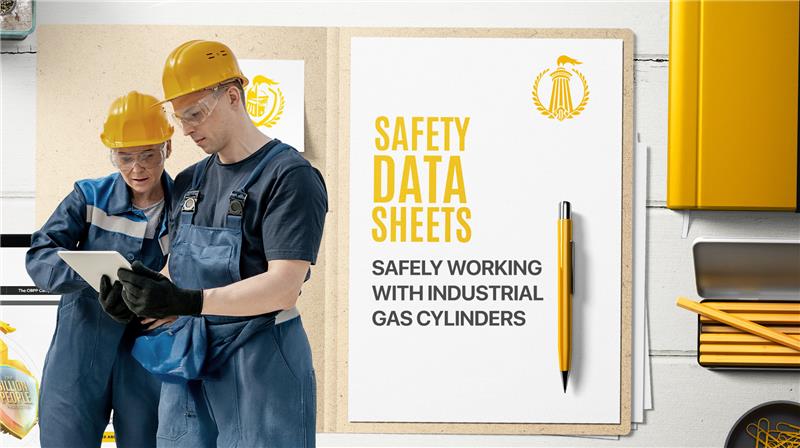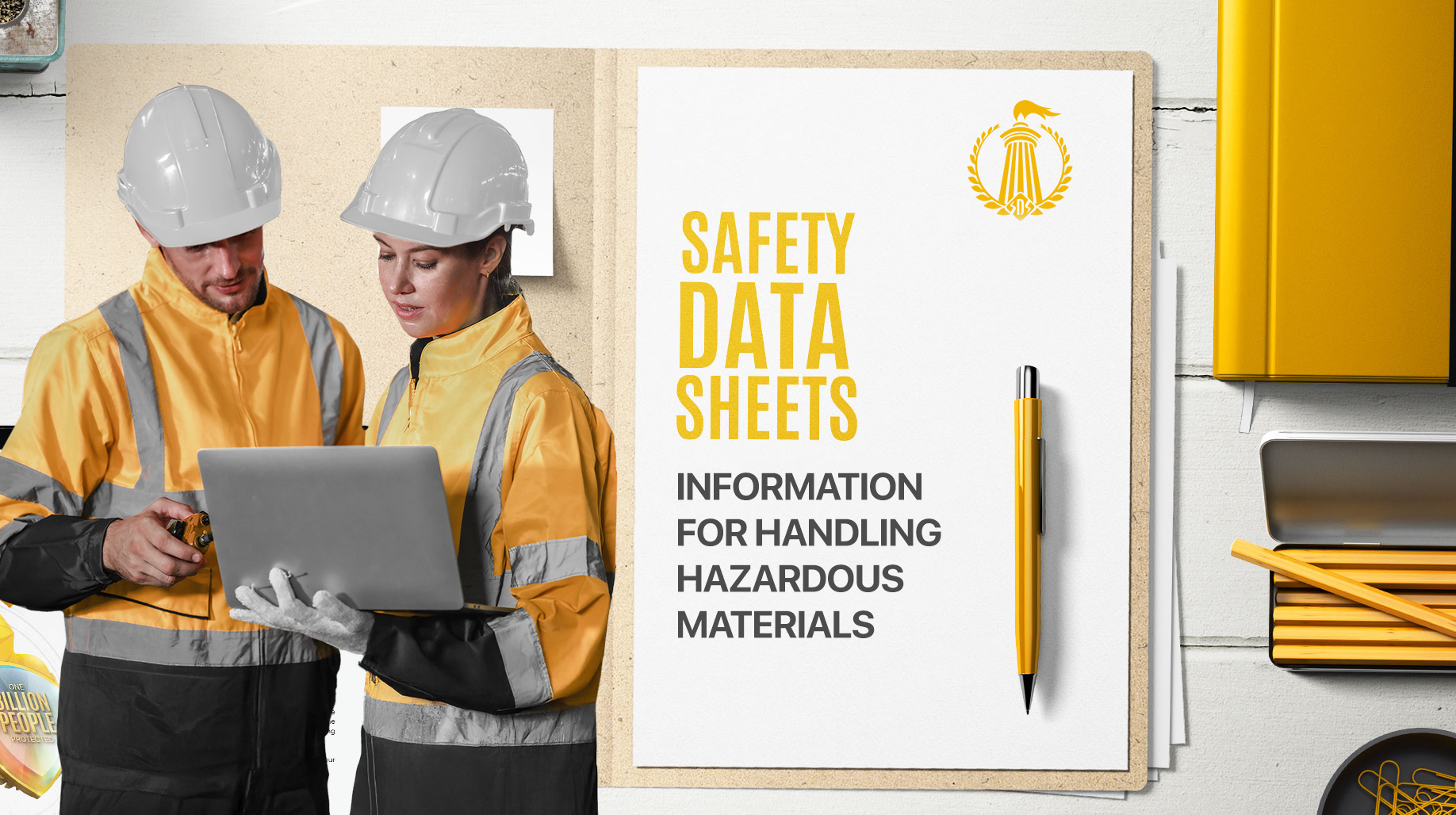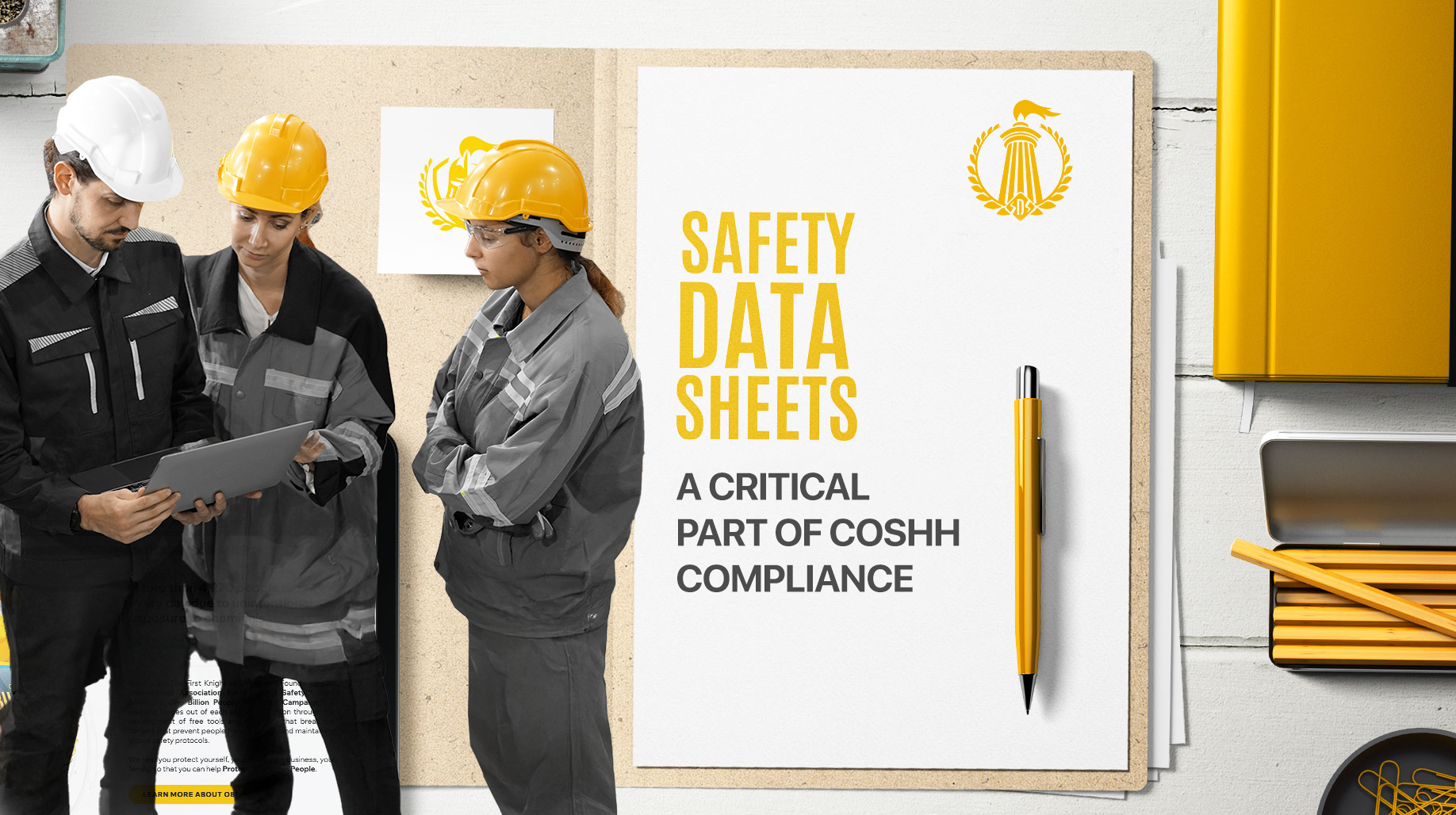
When it comes to shipping hazardous materials, proper protocols must be followed to ensure the safety of handlers and anyone who may come into contact with the shipment during its journey. A critical step in this process is checking the Safety Data Sheet (SDS) for each product being shipped. Here’s how to ensure you are properly reviewing Safety Data Sheets for hazardous material shipments.

When it comes to shipping hazardous materials, proper protocols must be followed to ensure the safety of handlers and anyone who may come into contact with the shipment during its journey. A critical step in this process is checking the Safety Data Sheet (SDS) for each product being shipped. Here’s how to ensure you are properly reviewing Safety Data Sheets for hazardous material shipments.
The first step in checking an SDS is understanding the products you’re dealing with. Identify the chemical name of each product and verify if it carries potential hazards or other relevant information. This initial step determines whether a detailed examination of an SDS is necessary.
Once the products are identified, the next step is understanding the hazards they may pose. The SDS will outline potential health and environmental risks, so it’s crucial to review them thoroughly. Pay close attention to warning labels or hazard statements, as these highlight risks that must be addressed before shipping hazardous materials.
After identifying risks, adhere to all applicable regulations while preparing the shipment for transport. The SDS provides specific instructions on packaging and labeling to comply with laws governing the transport of hazardous materials. Ensure all personnel involved understand safety protocols, such as wearing appropriate protective equipment and following proper waste disposal procedures.
Checking Safety Data Sheets for hazardous materials is essential to ensure safe transit and compliance with legal requirements. Reviewing SDS documents helps avoid improper packaging or labeling of dangerous goods, reducing the risk of accidents and penalties.
Discover more about SDSs through our blog posts! If you found this guide helpful, explore our related articles, like 5 Considerations for Transferring Harsh Chemicals Safely.
We’re here to answer any questions you may have about SDSs. Feel free to reach out to us for assistance.
Become a part of the growing community of professionals who trust The Knights Of Safety Ltd and The International Association for Chemical Safety to provide them with the best service and products. Set up a free account for our International Safety Data Sheet Service (ISDSS) today. Please do not hesitate to call us at 0161 884 4156 or email contact@thechemicalsafetyassociation.org if you would like to work with us.
Join the community of professionals who trust The Knights of Safety Ltd and The International Association for Chemical Safety. Set up a free account today through our International Safety Data Sheet Service (ISDSS) at SDS Inventory.
Call us at 0161 884 4156 or email contact@thechemicalsafetyassociation.org to get started.
Safety Data Sheets provide detailed information about the hazards of chemical products, including safe handling, storage, and disposal procedures. They are required by law and follow global standards like GHS (Globally Harmonized System of Classification and Labeling of Chemicals).
An SDS includes information about:
Safety Data Sheets (SDS) are typically prepared by the manufacturer or distributor of a chemical product. The individuals who create an SDS must know about the chemical properties and hazards of the product as well as the safe handling and storage procedures. Safety Data Sheets are a legal requirement for products containing hazardous chemicals to have one and must meet the standard of GHS (Globally Harmonised System of Classification and Labelling of Chemicals). The SDS should be reviewed and updated by the manufacturer or distributor if new information about the product becomes available. It's important to note that an SDS is not only beneficial for the manufacturer but also for the end-user or consumer as it provides them with detailed information about the product they are using.
Safety Data Sheets (SDSs) are important because they provide detailed information on the hazards of a chemical product, as well as the proper handling and storage procedures. This information is crucial for employers and employees to understand the risks associated with a product and to take appropriate precautions to protect themselves and others. Safety Data Sheets are also important because they are legally required by the UK REACH regulation and GHS (Globally Harmonised System of Classification and Labelling of Chemicals) for products containing hazardous chemicals.
Safety Data Sheets also aid in emergency response by providing first-aid measures and emergency contact information for the manufacturer. Additionally, Safety Data Sheets help with the proper disposal of chemicals and reduce environmental pollution. Furthermore, they also help in terms of safe transportation, compliance with regulations and insurance issues.
There are several places where you can find Safety Data Sheets (SDSs) for free. One of the most common sources is the manufacturer or distributor of the product. Many companies will have Safety Data Sheets available on their website that you can download and save for future reference.
Alternatively, you can also check out third-party websites such as SDS Inventory, which offer a complete chemical SDS database to the public. You can also find the MSDS for your chemical by using your local library or by contacting the environmental agency in your region if you can't find the MSDS online.



2025 © Copyright International Safety Data Sheet Services
To continue, please log in or Register for your free account
To continue, please log in or Register for your free account